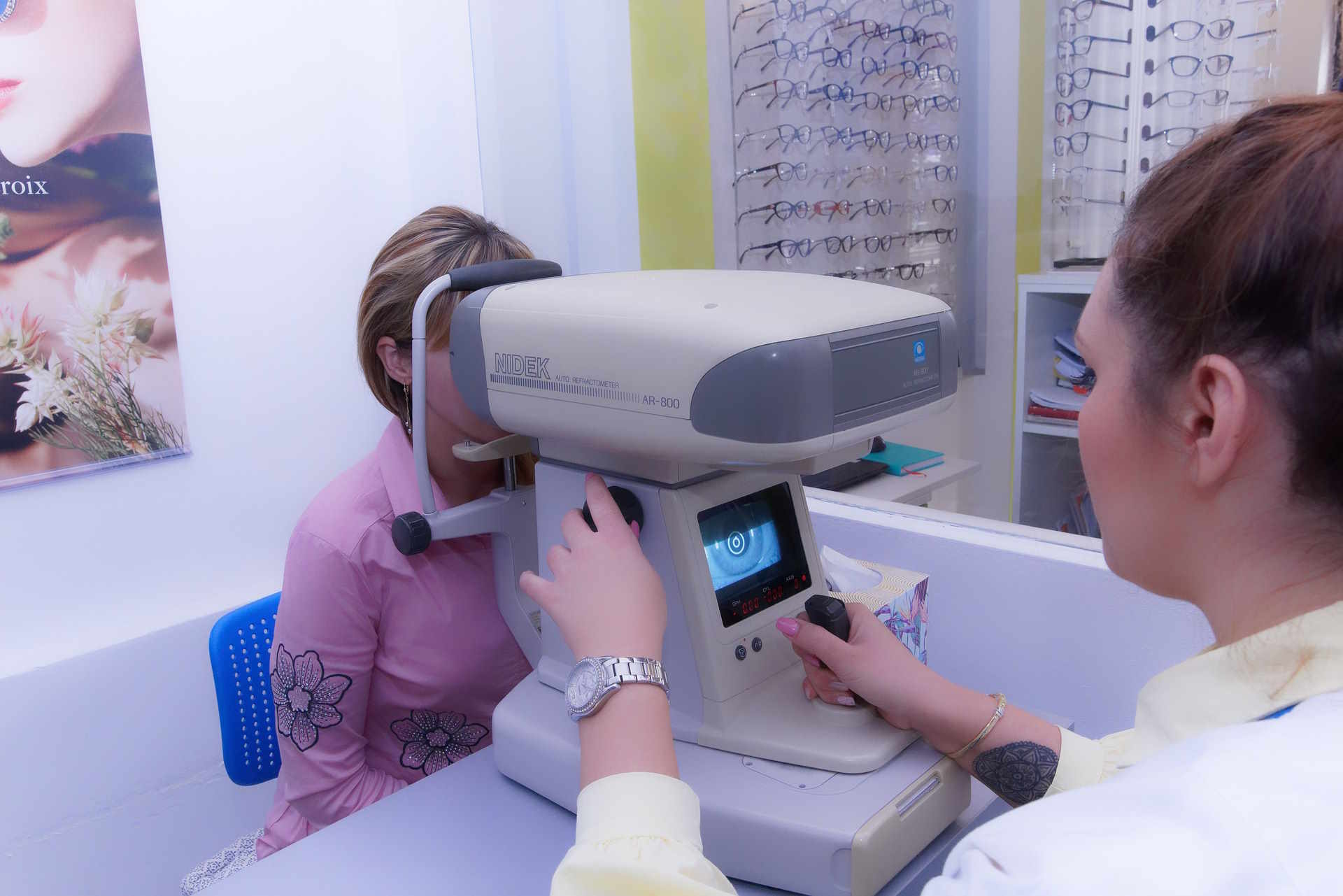Understanding the Role of Stem Cell Therapy in Eye Health and Macular Degeneration
Macular Degeneration Stem Cell Therapy offers hope for those with vision loss. Researchers are exploring how stem cells might be used to treat this condition, aiming to improve patient quality of life. Understanding potential outcomes is crucial as therapies continue to be developed.

This article is for informational purposes only and should not be considered medical advice. Please consult a qualified healthcare professional for personalized guidance and treatment.
What Is Stem Cell Therapy and How Does It Target Macular Degeneration?
Stem cell therapy for macular degeneration involves using specialized cells that can develop into various cell types, including those found in the retina. These cells have the potential to replace damaged retinal cells, particularly the retinal pigment epithelium (RPE) cells that are crucial for maintaining healthy vision. The therapy aims to slow or potentially reverse vision loss by introducing healthy cells to support or replace damaged tissue.
Current Research Developments in Age-Related Vision Loss
Scientists are conducting numerous clinical trials exploring different approaches to stem cell therapy for macular degeneration. Research focuses primarily on two types of stem cells: embryonic stem cells and induced pluripotent stem cells (iPSCs). Early studies have shown promising results in both safety and potential efficacy, with some patients experiencing stabilization or modest improvements in vision.
Experimental vs. FDA-Approved Treatments: Understanding the Difference
Currently, no stem cell treatments for macular degeneration have received full FDA approval. It’s crucial to distinguish between legitimate clinical trials and unproven experimental treatments. FDA-authorized clinical trials follow strict protocols and safety measures, while unauthorized treatments may pose significant risks. Patients should only consider participating in properly registered clinical trials under medical supervision.
Safety Considerations and Ethical Guidelines
The safety profile of stem cell therapy continues to be studied extensively. Potential risks include immune rejection, tumor formation, and infection. Ethical considerations primarily center around the source of stem cells and ensuring proper informed consent. Reputable research centers adhere to strict ethical guidelines and regulatory requirements to protect patient safety.
Clinical Trials and Future Treatment Possibilities
Multiple clinical trials are currently underway, testing various approaches to stem cell therapy for macular degeneration. Some focus on cell replacement, while others explore supportive treatments that may help preserve existing vision. These trials typically span several years and involve multiple phases to ensure safety and effectiveness.
Treatment Costs and Accessibility
| Treatment Type | Provider Type | Estimated Cost Range |
|---|---|---|
| Clinical Trials | Research Centers | $0 (covered by research) |
| Experimental Treatments | Specialized Clinics | $15,000 - $50,000 |
| Supporting Treatments | Eye Care Centers | $2,000 - $5,000 |
Prices, rates, or cost estimates mentioned in this article are based on the latest available information but may change over time. Independent research is advised before making financial decisions.
The future of stem cell therapy for macular degeneration holds promise, but significant work remains before treatments become widely available. Patients should maintain realistic expectations while staying informed about scientific developments through reputable sources. As research continues, the field moves closer to developing effective treatments that could potentially transform the management of macular degeneration and other vision-threatening conditions.




